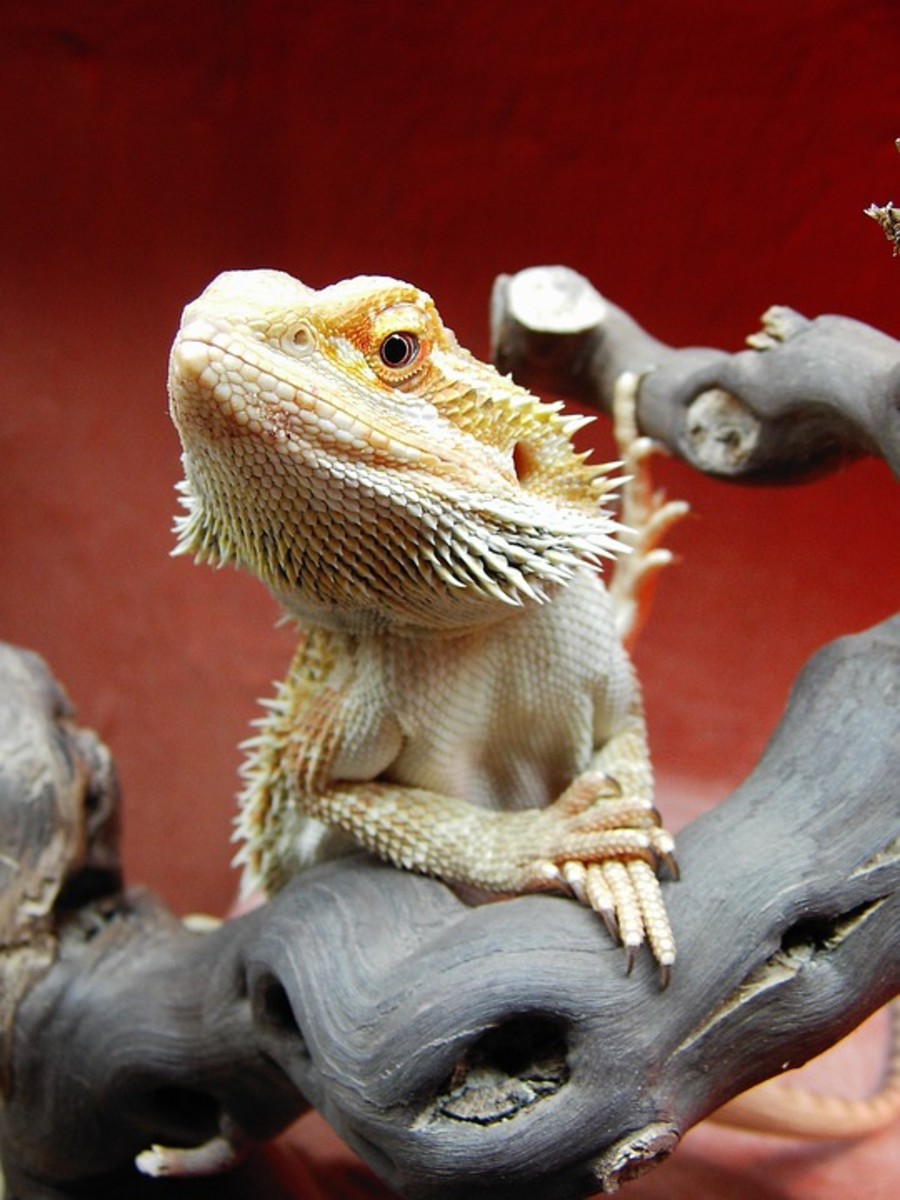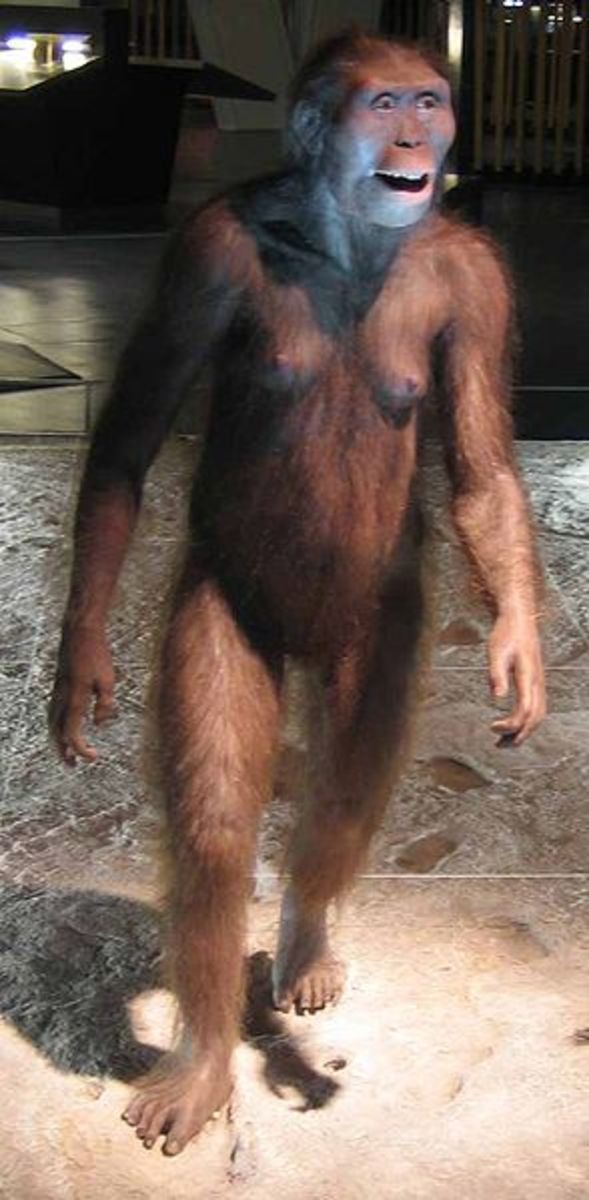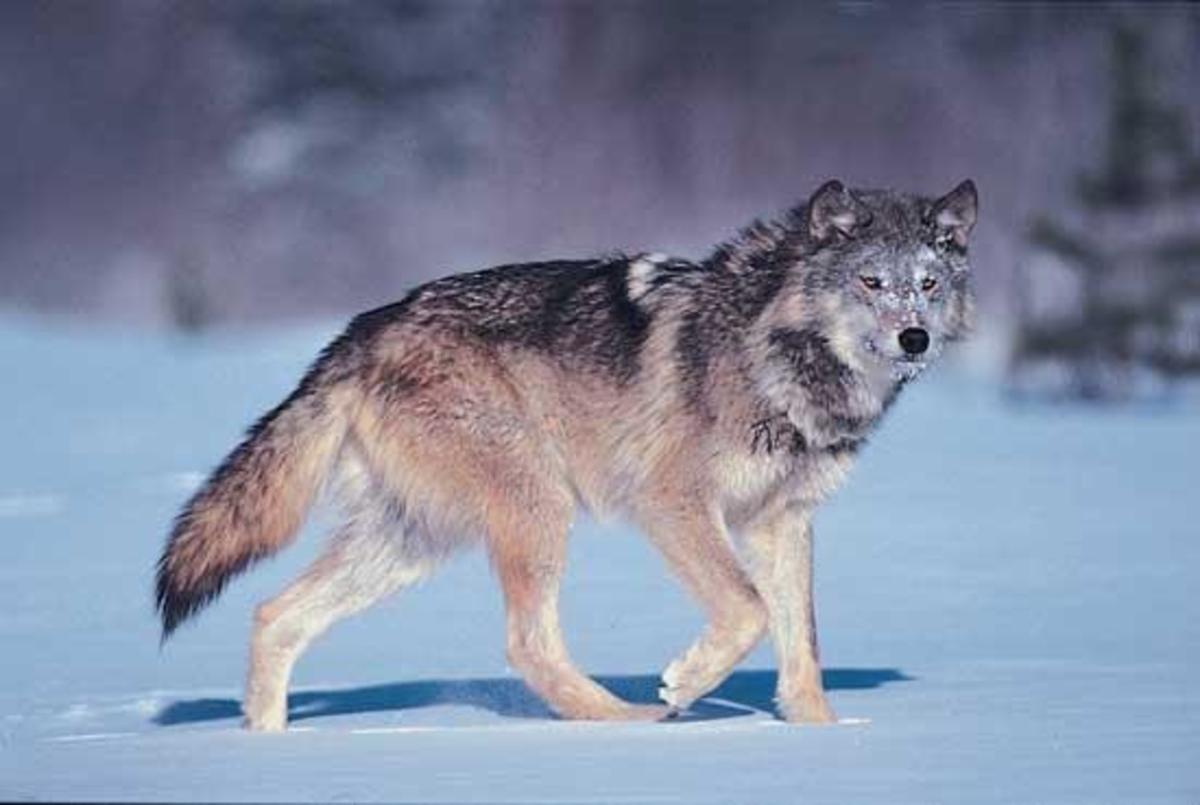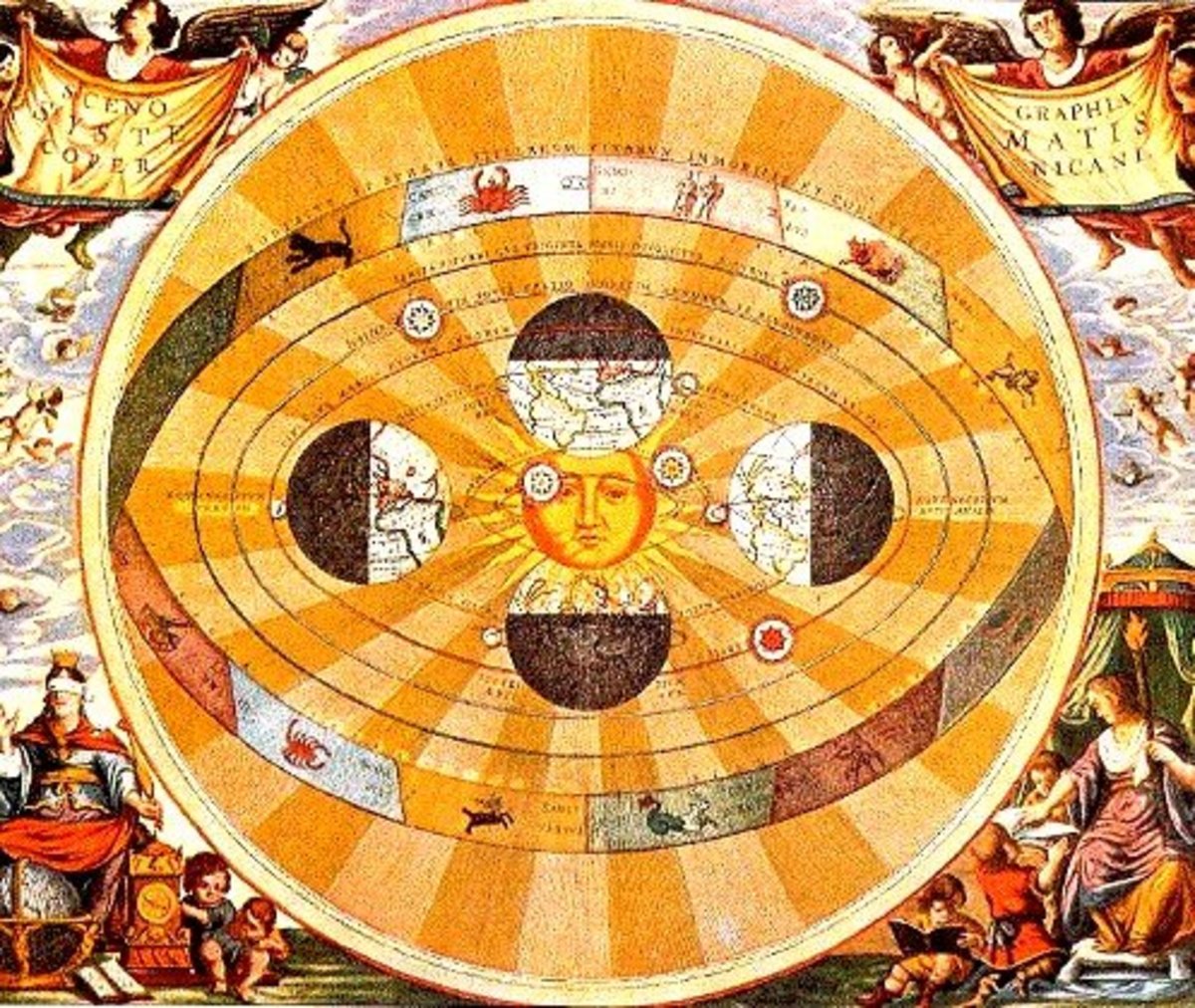Eugenics
Eugenics is a term we use to describe selective human breeding among other things.





A History of Selective Human Breeding
Eugenics (sometimes referred to as racial hygiene) is often considered to be the product of the Nazis in the early part of the 20th century, or the 19th century US bourgeois development in the US, but the history goes far deeper than that. Eugenics has been considered the science of improving the qualities of the human species. The idea has as it origins, the breeding of animals to obtain various traits that are considered desirable. The goal is to weed out degenerative traits and to enhance favourable ones by encouraging reproduction from those who have such traits. This is the source of the science of heredity and ultimately was behind the ideas of evolution. But it does not always work out in the way that is planned. Among the current ideas in eugenics is the concept of “social Darwinism”. The history of breeding in general and selective human breeding in particular goes back to the inception of civilization. It is the major pre-European civilizations in particular and not so much the indigenous peoples of the Americas, the Pacific, Africa and Australia that developed selective human breeding. Though many consider that it was the reserve of kings to consolidate wealth and power, it was by no means limited there. Selective human breeding surfaced early in India, Japan (1) and other long standing civilizations, primarily through arranged, state and church enforced marriages (2). For India and ancient Japan, that often meant marrying children prior to puberty. In royal circles, brides to be were often offered as a type of commodity, thus making some people at least, a commodity like a pair of shoes or a prize bull.
Some people, the author included, regard the manipulation of human beings for the purpose of selective breeding or being eliminated from any chance to breed is totally invasive of basic and fundamental human rights such as the right of the freedom of assembly, association and the like. The absolute control by any authority for any end in the lives of the individual or the masses is a fundamental violation of basic rights and freedoms that is enshrined in the UN Charter of Rights and Freedoms, the US Constitution, the Canadian Charter of Rights and others. But rulers in all areas of the world do not follow these principles and often seek to eliminate them so that they can do whatever they want with the masses for individual profit of those in control. By now we know that there are people who are by nature passive as well as those who are by nature aggressive. This follows the pattern of breeding dogs, cats, horses and any other animal to enhance certain desirable traits.
The earliest form eugenics took was through arranged marriages, which applies in many societies around the world even today, particularly in India and the Middle east. In some regions, this is so strict that even the suspicion of commuting adultery is sufficient grounds for a death sentence by stoning (3). Eugenics reached the stage of a high science where people were being selectively bred for the same purposes that animals are selectively bred. Undesirable people were often forcibly sterilized so that they would not be able to reproduce. They could mate as usual, but without producing offspring. Typically those selected were those who had a family background of inherited mental or physiological disease, poor people, those who were earlier conquered such as First Nations and slave populations like the African Americans. It is known the forced sterilization was being conducted as late as the 1980s and is likely still going on in America (4). Originally, sterilization was effected by surgery, but this is no longer needed as there are chemicals that can effect exactly the same result without invasive surgery or hospitalization.
The practices engaged in by eugenicists from virtually time immemorial, involved violations of privacy, attacks on reputation, violations of the right to life, to found a family, to freedom from discrimination are all today classified as violations of human rights under various charters. But, even the existence of these charters is in no way a guarantee that the practice has been stamped out. The practice of the negative racial aspects of eugenics, such as by the Nazis before and during WWII (4) and after World War II by other governments, fell within the definition of the new international crime of genocide, set out in the Geneva Convention on the Prevention and Punishment of the Crime of Genocide.
“The modern field and term were first formulated by Sir Francis Galton in 1883, drawing on the recent work of his half-cousin Charles Darwin. At its peak of popularity in the late 19th and early 20th centuries, eugenics was supported by prominent people, including Margaret Sanger, Marie Stopes, H. G. Wells, Woodrow Wilson, Prescott Bush (who was a Nazi supporter), Theodore Roosevelt, Emile Zola, George Bernard Shaw, John Maynard Keynes, John Harvey Kellogg, Winston Churchill, Linus Pauling and Sidney Webb. Its most infamous proponent and practitioner, however was Adolf Hitler who praised and incorporated eugenic ideas in Mein Kampf, and emulated Eugenic legislation for the sterilization of "defectives" that had been pioneered first in the United States. ” (5)
The forced sterilization of targeted individuals in the US and Canada was practised on racial minorities like black people and native Indians as well as anyone considered to have mental shortcomings and other challenging issues defined by those in power (3, 4). Behind some of this was the unwillingness to provide support in an institution for prolonged times at great expense and the fear that such people would engage in criminal behaviour in order to eat.
The first solid description of something like eugenics is found in the writings and philosophy of Plato (6) who mentions a similar idea when he describes that all reproduction and relationships should be managed by the state. In Sparta, the policy of infanticide was actually enforced when sick and/or weak babies were put out to die of exposure or predation in a bid to make a stronger and healthier population. As Sparta was a warrior state, the desire for a strong people was paramount. There is little doubt that other states throughout history practised it, as it is mentioned in the book of Isaiah in the Old Testament. Research in other stories from various regions would likely turn up similar accounts.
We can't say with any degree of certainty when human breeding began before this, but we do have an idea when animal breeding began. It is thought that the first dog breeds resulted after several generations of wolves were raised in captivity after the first wolf pups were captured and raised from the wild by early human societies. The date on this occurrence is set about 70,000 years ago. We know today that dogs can be bred for various traits like aggressiveness or docility. In fact, dog breeding has been able to separate various traits like dogs that fetch, dogs that point, others for racing and then for show or obedience by voice or gesture. Civilization was in its infancy and societies were small and tribal. There was no distinction between people in the form of classes. That was still by and large true of indigenous cultures in pre-European contact Americas, Africa, Australia and other locations up to a couple of centuries ago. Humanity lived by and large in harmony with nature. Very early in the development of civilization, human beings had tamed the wolf. After several generations in captivity, changes started to develop. These changes were not equal from region to region and emulated the way evolution works through adaptation in isolated areas where different species would develop. When different peoples met and bred their animals, new changes emerged and eventually the plethora of dog types began to develop. An inkling of such changes can be found when Russians captured foxes to raise them for the fur industry. After several generations in captivity, the foxes became more docile and developed he trait of barking (7). In the wild, foxes are shy, aggressive and usually quiet except in mating. Wolves, the other source for dogs, howl in the wild but never bark. Modern dogs carry the vestige of the howl when they whine. When encouraged by something like a siren, many dogs will still howl in unison due to latent conditions relating to their wolf background
Eugenics in history
With class division that emerged from specialization, bullying and alienation from nature came the selective breeding of the lower classes. This type of thing was enforced by patriarchy and religion through arranged marriage. It is known for instance that 55,000 years ago, two primary types of human beings existed; the Neanderthal and Cro-Magnon man. It is thought that there was little variation in each of these types. It is also thought that there was inter-breeding between the two types of human. Neanderthal eventually went extinct leaving only the predecessor to modern man and the cross breeds. At this time, there was no class structure. That was to come later with the advent of civilization, thought to have begun some 10,000 years ago. Modern civilization has its roots about 6,000 years ago where class divided societies emerged with the advent and common spread of agriculture.
At that time, different characteristics were encouraged for the different needs of society. This was done through selective breeding, which we now call eugenics as far as the deliberate breeding of people is concerned. Eugenics has developed into the concept of racial hygiene and purification of typology and function. It has become high science, though brought into disfavour by the applications it was put to by the US in the 19th century and by the Nazis in the 1920s to 1940s. The Nazis got all their inspiration from the US which was well ahead of them in applying eugenics. Before this, the rulers of various nations practised eugenics by containing their breeding among themselves to keep the money and power in their hands. In many countries, this was extended into the lower classes at various levels such as India, where people were bred for various tasks through the generations by arranging marriages. If a person is born into a certain class in India, they almost always remain in that class and are forced to marry within that confine.
One of the negative developments of eugenics is inbreeding that leads to various degenerative diseases inherited from inbreeding. One of the prime examples comes from the aristocratic class where the generations of inbreeding between the extended royal family of various European and Russian nations ended up bringing hemophilia into the world via Queen Victoria. We know that inherited blood deficiency, hemophilia originated from Queen Victoria and then spread in a vector to Russia with the Romanov dynasty and from both into the lower classes in illicit affairs (8). Prior to this, there was no such disease in the world. But it does not end there. Other diseases of inheritance likely have at their roots within the context of inbreeding. Another insight into this is revealed in the controversy over puppy mills and other mass specialized breeding of pets. Inbreeding to create highly specialized traits has produced a plethora of strange diseases and deformities and untold misery and costs to pets and pet owners.
Take a look around you. Humanity seems to be cursed with an unusual quantity of inherited disease. The list is virtually limitless but includes such seemingly benign tendencies such as baldness, to arthritis, skeletal deformities, Turret's syndrome, epileptic seizures, a propensity to various heart conditions, cancer, inherited degenerative diseases and many others. This kind of degeneration is not present in the wild, or if it is, the individuals are culled by predators so that it does not spread as it does in the human community. All too often in the human community, it is the healthy that are sent into war to be killed and maimed. The weak and sick are left over to reproduce; the exact reverse that occurs in nature by natural selection. Animal populations tend to remain healthy while successive generations of humans get weaker, the exact reverse of what is desired by eugenicists.
“Eugenics has also been concerned with the elimination of hereditary diseases such as hemophilia and Huntington's disease. However, there are several problems with labelling certain factors as genetic defects. In many cases there is no scientific consensus on what a genetic defect is. It is often argued that this is more a matter of social or individual choice. What appears to be a genetic defect in one context or environment may not be so in another. This can be the case for genes with a heterozygote advantage, such as sickle cell anaemia or Tay-Sachs disease, which in their heterozygote form may offer an advantage against, respectively, malaria and tuberculosis. Although some birth defects are uniformly lethal, disabled persons can succeed in life (such as in the case of Stephen Hawking). Many of the conditions early eugenicists identified as inheritable (pellagra is one such example) are currently considered to be at least partially, if not wholly, attributed to environmental conditions. Similar concerns have been raised when a prenatal diagnosis of a congenital disorder leads to abortion (see also preimplantation genetic diagnosis). ” (6)
Early eugenics was concerned with the scientific selection of breeding couples for increasing intelligence and/or strength. Thus anyone showing traits in the opposite direction, were forcibly sterilized.
With the advent of the understanding of genetics, eugenics began to take on a scientific rationale. The first inklings of genetics came through the studies of Gregor Mendel, a monk who noted that various traits were passed on from parents to children in a pattern that repeated over generations. He noted this in sweet pea plants where certain colours of flowers repeated in specific percentages and that some colours were dominant and others recessive. From there the science evolved to hereditary in humans who inherited various traits, then to genetics and the discovery of DNA. This information was used in the pursuit of scientific eugenics, which includes the current desire to be able to select the sex and characteristics of children before they are even conceived. This information was also used to justify racism.
A new desire has arisen among those who are leaders and militarists, the desire for the superman for combat, such as was prevalent with the Nazi obsession over the same idea. Experiments have been conducted to induce this condition in soldiers that already exist instead of the attempt to breed them. In the past, human beings were bred for strength for conditions such as heavy labour and combative soldering. This was also true for those who were involved in sport combat. Others were bred for more intellectual pursuits like strategy, writing and calculating of all types. In certain parts of the Pacific, people are bred for their ability to remain underwater without breathing for up to four minutes. They can dive and swim to great depths for food and pearls. Not even the arts and trades were spared as people tend to breed either voluntarily among the various specializations or were arranged by parents or state. Today we see as a result, what can be classified as either sub species of people or at least breeds of humanity. With now tasks at hand, there may emerge even more types. We now enter a "brave new world of genetic engineering where DNA is being manipulated with the goal of making the human genome make a better human being.
References
1. http://seabastian.hubpages.com/hub/Arranged-Marriages-Past-and-Present
2. http://en.wikipedia.org/wiki/Arranged_marriage
3. http://en.wikipedia.org/wiki/Stoning
4. http://civilliberty.about.com/od/gendersexuality/tp/Forced-Sterilization-History.htm
5, 6. http://en.wikipedia.org/wiki/Eugenics
7.









